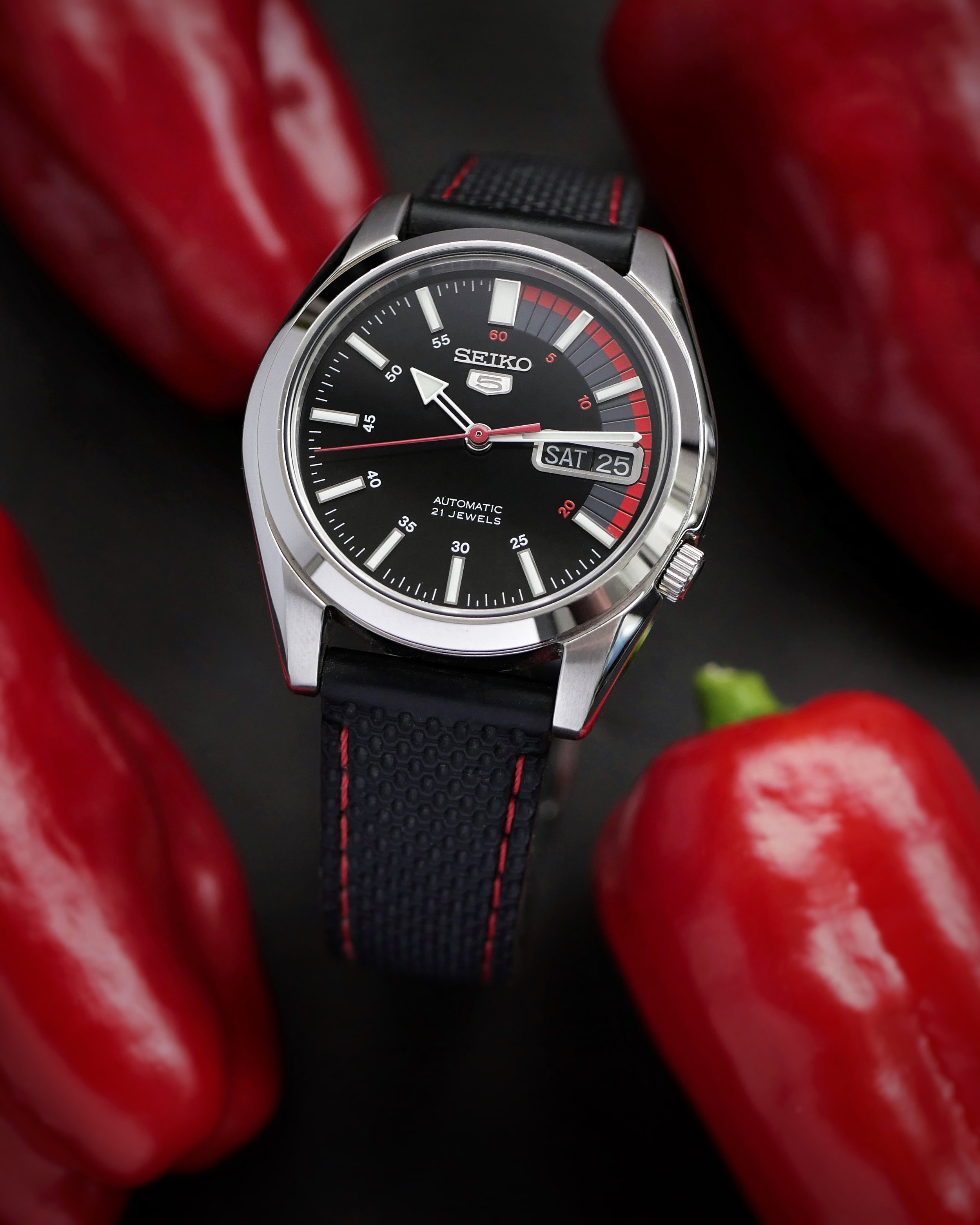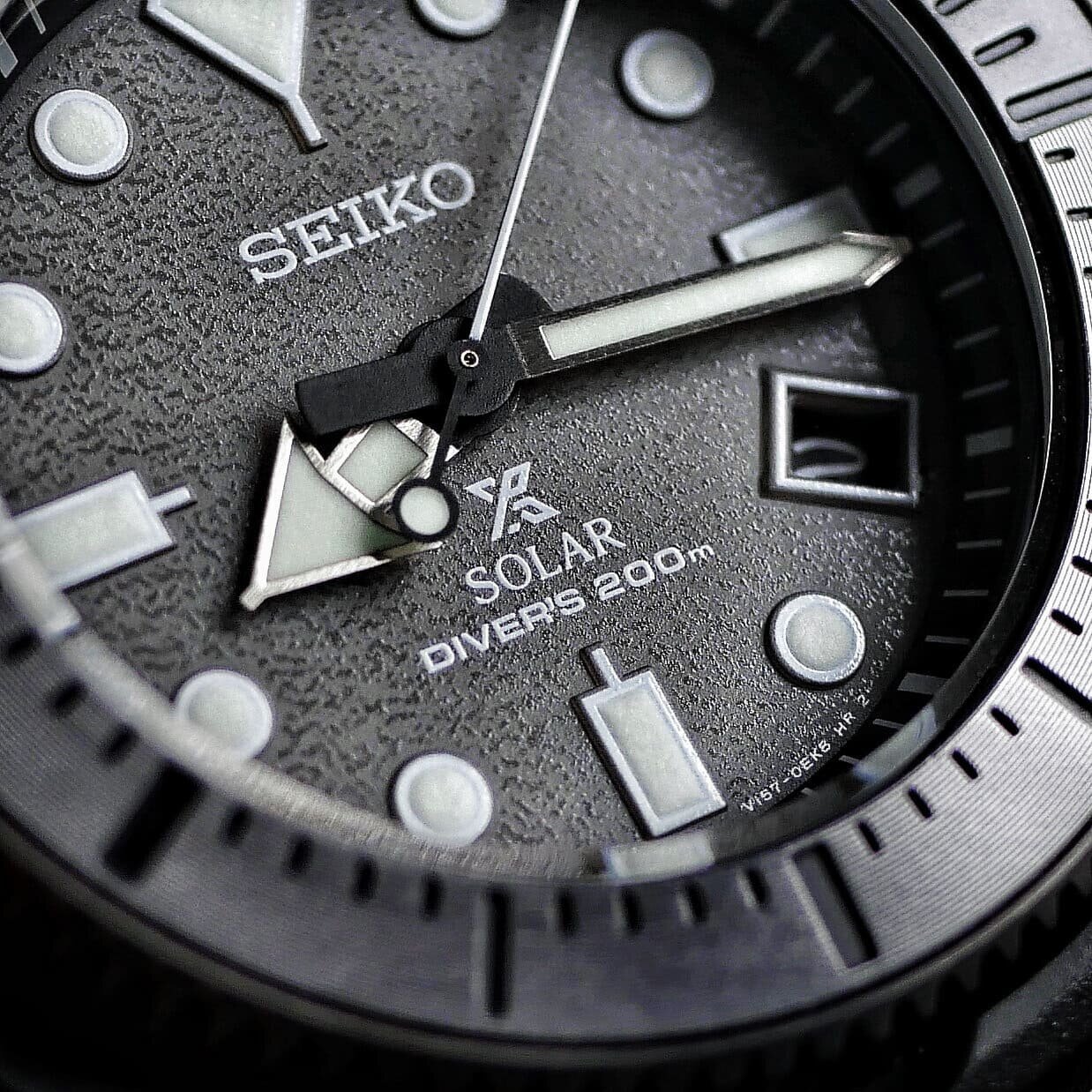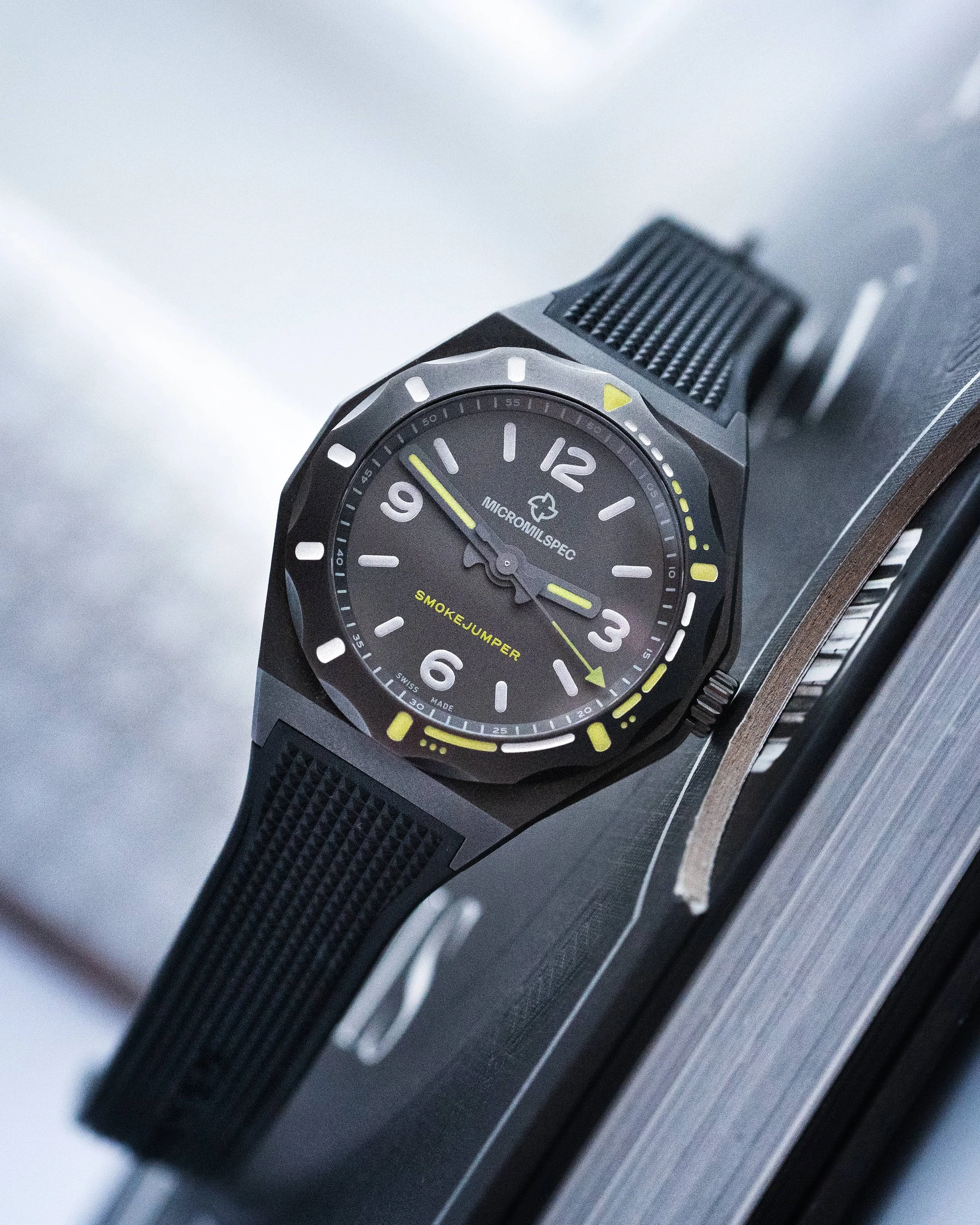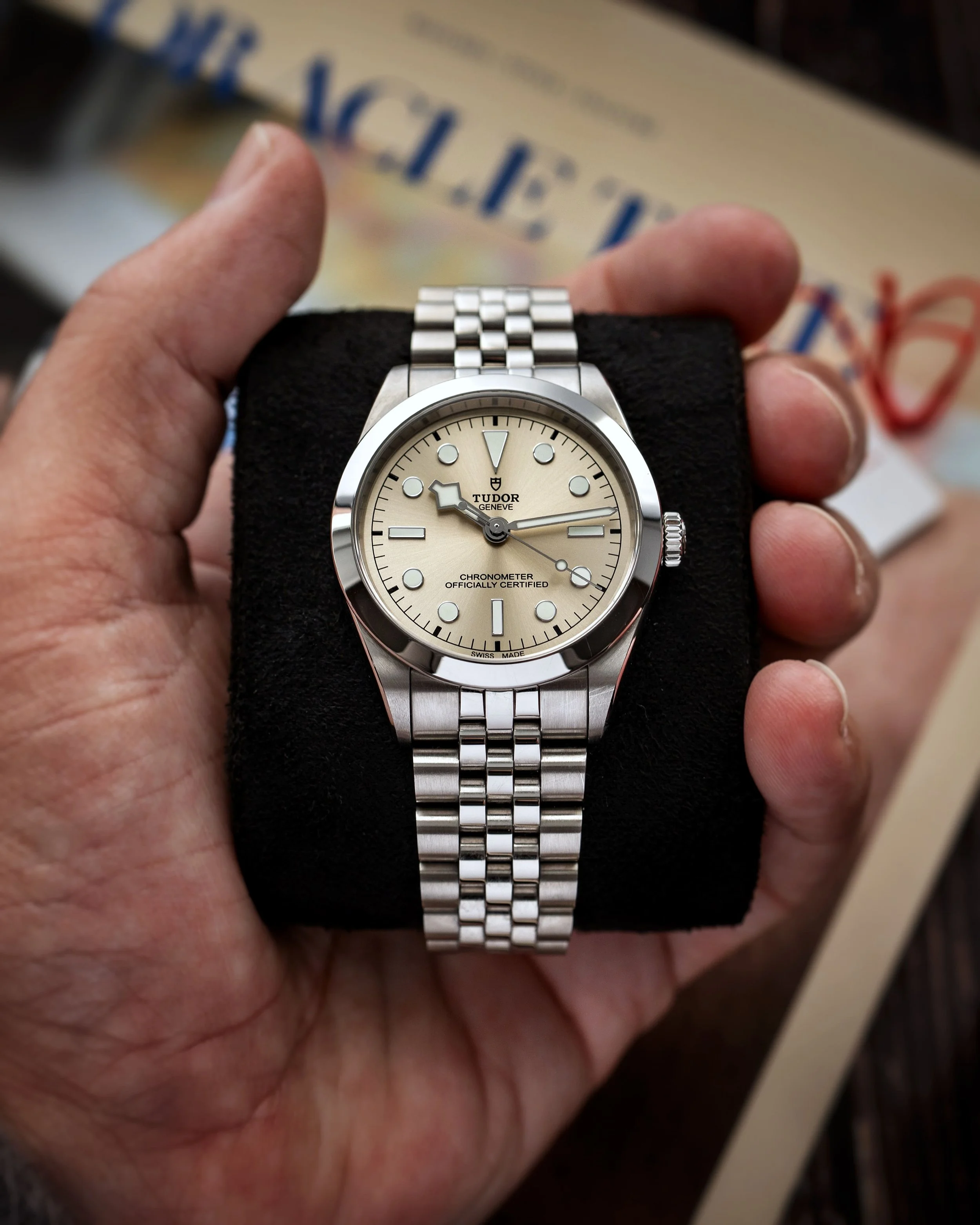Seiko Watches: A history of innovation
This article may contain affiliate links which means if you choose to purchase a product using the link, I may get a small commission. This is free to you and enables me to keep writing reviews of watches and products I genuinely think you will enjoy or find useful.
Seiko is a Japanese watch brand that has been around for over a century. Founded in 1881, the company started as a small watch and clock repair shop in Tokyo. Since then, Seiko has become one of the world’s most respected and innovative watch brands, known for its quality craftsmanship and cutting-edge technology. In this article, we'll look at the history of Seiko watches and their impact on the watch industry.
Early History of Seiko Watches
Seiko's early history is closely tied to the rise of Japan as a significant economic power in the late 19th and early 20th centuries. The company's founder, Kintaro Hattori, was a skilled watchmaker who saw an opportunity to capitalise on Japan's growing demand for watches and clocks. In 1892, he founded Seikosha, a company that produced clocks and watches under the Seiko brand.
Seikosha quickly gained a reputation for quality and innovation, producing Japan's first wristwatch in 1913 and its first chronograph in 1923. The company also developed a number of technical innovations, such as the "Diashock" system, which protected watches from shock damage, and the "Magic Lever" mechanism, which improved the winding efficiency of automatic watches.
Seiko's Impact on the Watch Industry
Seiko's impact on the watch industry can be seen in many ways. One of the most significant is the company's role in the quartz revolution of the 1970s. Seiko was one of the pioneers of quartz technology, which uses a crystal oscillator to keep time with incredible accuracy. Seiko's first quartz watch, the Seiko Quartz Astron, was released in 1969 and was the world's first.
The Seiko Quartz Astron was a game-changer for the watch industry. It was significantly more accurate than mechanical watches and much cheaper to produce. This made it accessible to a broader audience, and by the 1980s, quartz watches had largely replaced mechanical watches as the dominant type of watch on the market.
Seiko's innovations continued with quartz technology, however. In the 1980s, the company introduced the Seiko Kinetic, a watch that used the movement of the wearer's wrist to power a quartz movement. This eliminated the need for batteries and made the watch more environmentally friendly.
Seiko has also been a leader in developing dive watches, producing the world's first titanium dive watch in 1975 and the world's first dive computer watch in 1986. The company's dive watches are known for their durability and accuracy and have become a favourite of professional divers worldwide.
Seiko Today
Today, Seiko continues to innovate and push the boundaries of watch technology. The company produces a wide range of watches, from entry-level quartz watches to high-end mechanical watches that rival those produced by Swiss luxury brands.
One of Seiko's most famous lines is the Seiko 5, first introduced in 1963. The Seiko 5 is a series of affordable, reliable automatic watches designed to be versatile and durable. The name "Seiko 5" comes from the five key features that every Seiko 5 watch must have: automatic winding, a day-date display, water resistance, a recessed crown, and a durable case and bracelet.
Seiko also produces several high-end watches under the Grand Seiko brand. These watches are known for their exceptional quality and attention to detail and are often compared to watches produced by Swiss luxury brands such as Rolex and Omega.
In recent years Seiko has also embraced the trend of smartwatches. The company's Seiko Astron GPS Solar watch and other models are examples of Seiko's continued innovation and progress in the industry. Here are just a few examples from Seiko’s extensive lineup of watch pieces that may be perfect for you.
Seiko 5 Sports: The Seiko 5 Sports is a collection of mechanical watches that offers excellent value for the money. It features a sporty design with various colour options and is water-resistant up to 100 meters. The watch is powered by Seiko's automatic movement and features a day-date display, a durable stainless steel case, and a comfortable nylon strap.
Seiko Prospex Diver's Automatic: The Seiko Prospex Diver's Automatic is a classic dive watch popular among enthusiasts. It is water-resistant up to 200 meters and features a unidirectional rotating bezel, a screw-down crown, luminescent hands and markers for increased visibility in low-light conditions. The watch is powered by Seiko's automatic movement and has a rugged yet refined design.
Seiko Presage Cocktail Time: The Seiko Presage Cocktail Time is a dress watch inspired by cocktail drinks. It features a sunray dial with a subtle texture and comes in a range of colours. The watch is powered by Seiko's automatic movement and has a sapphire crystal, a stainless steel case, and a leather strap. The Presage Cocktail Time is a stylish watch for formal and casual occasions.
Seiko Astron GPS Solar: The Seiko Astron GPS Solar is a high-tech watch perfect for frequent travellers. It features GPS time and time zone adjustment and solar charging technology, which means that any light source can power the watch. The watch has a stainless steel case and bracelet, a sapphire crystal, and a perpetual calendar that automatically adjusts for leap years.
Seiko Prospex Samurai: The Seiko Prospex Samurai is a dive watch with a distinctive design inspired by Japanese samurai armour. It is water-resistant up to 200 meters and has a unidirectional rotating bezel, luminescent hands and markers, and a screw-down crown. The watch is powered by Seiko's automatic movement and has a stainless steel case and bracelet.
Frequently Asked Questions About Seiko Watches
Q1: Where are Seiko watches made?
A: Seiko watches are primarily made in Japan, the country where the company was founded. Some models are also made in their manufacturing facilities in China and Singapore.
Q2: What is Seiko's proprietary Lume?
A: Seiko's proprietary Lume, also known as LumiBrite, is a luminescent material applied to the hands and indices of Seiko watches. It charges quickly in the presence of light and glows brightly in the dark, enhancing visibility.
Q3: What does Seiko 5 represent?
A: Seiko 5 represents a line of affordable and reliable automatic watches by Seiko, designed around five key features: automatic winding, day-date display, water resistance, a recessed crown at 4 o'clock, and a durable case and bracelet.
Q4: How often should a Seiko watch be serviced?
A: Like most mechanical watches, Seiko recommends having their watches serviced every 2-3 years to maintain accuracy and longevity.
Q5: Are Seiko watches durable?
A: Yes, Seiko watches are known for their durability and longevity. Seiko's build quality and use of proprietary technology like Hardlex crystal and LumiBrite ensure their watches can withstand everyday use.
Q6: What is Seiko's Diaflex technology?
A: Diaflex is Seiko's unbreakable mainspring technology. It's a type of mainspring used in their automatic watches that is known for its durability.
Q7: What is Seiko's Diashock technology?
A: Diashock is Seiko's proprietary shock-resistance technology. It protects the watch's movement from impacts, thus ensuring reliable performance.
Conclusion
Seiko's impact on the watch industry is undeniable. From its early days as a small watch and clock repair shop to its position as a global leader in watch technology and innovation, Seiko has consistently pushed the boundaries of what is possible in watchmaking. From the development of quartz technology to its pioneering work in dive watches and its recent foray into smartwatches, Seiko has proven that it is a brand that is here to stay. Whether looking for an entry-level quartz watch or a high-end mechanical masterpiece, Seiko offers something for every watch enthusiast!







